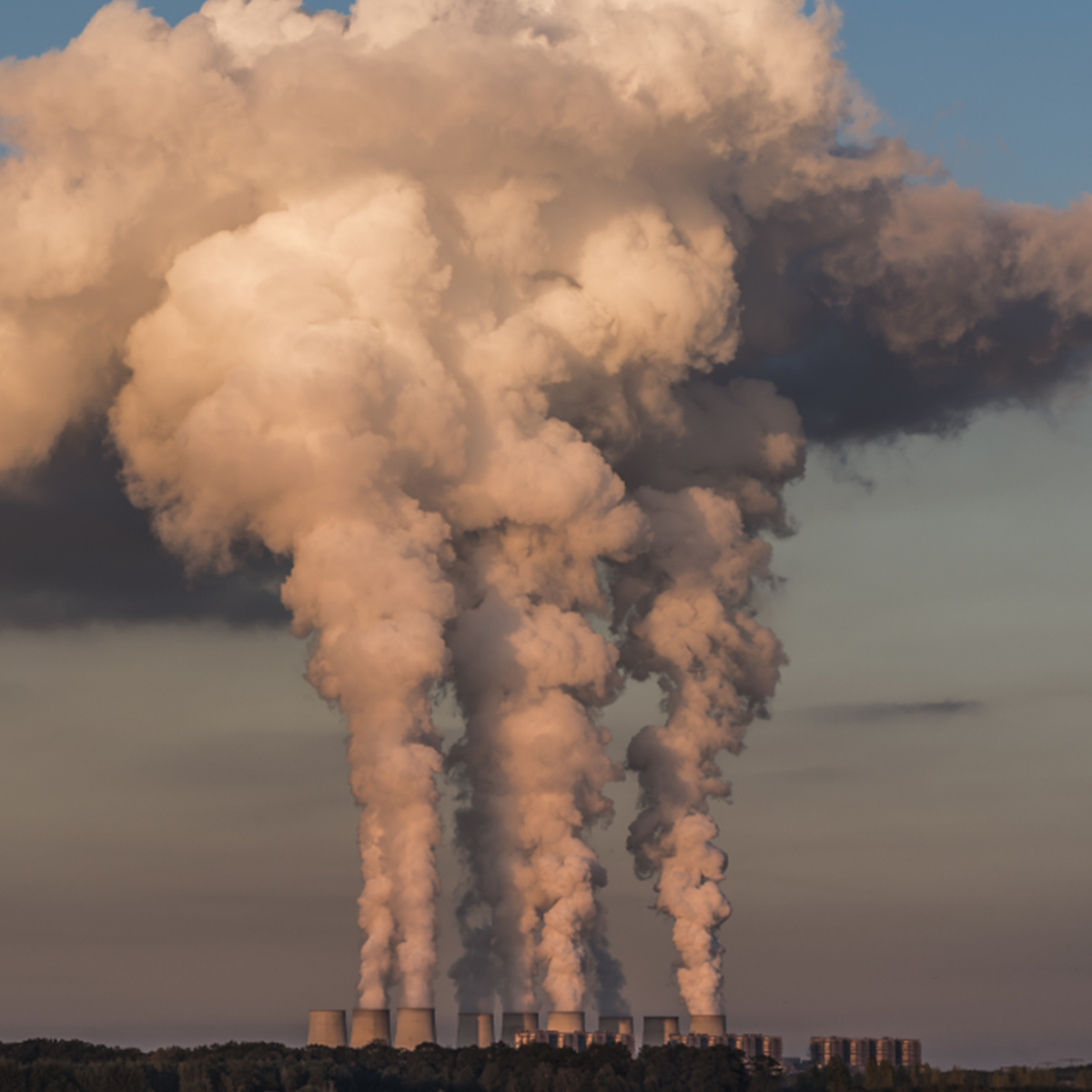
Industry
decarbonisation
The decarbonisation of our global industry, using green hydrogen, is essential for our mission to build a sustainable future.
This global sector, heavily reliant on fossil fuels, contributes significantly to our CO2 emissions and climate change. Transitioning industrial processes to green hydrogen eliminates carbon emissions and lays the groundwork for a cleaner, more resilient economy.

Transforming
transportation
The transition towards green hydrogen is spearheading a transformation in the mobility sector. It provides a clean and sustainable alternative to conventional fossil fuels and battery-driven vehicles.
As global efforts to reduce emissions and address climate change increase drastically, hydrogen-powered vehicles are becoming the preferred choice.
Particularly in the logistics industry, including internal and heavy-duty transport, green hydrogen proves to be a more efficient and economically viable solution compared to fossil fuels or batteries in numerous scenarios.
However, it's not just logistics; public transport, the private sector, and even the aviation industry are experiencing a significant gain in momentum towards adopting green hydrogen as a powerful multiplicator for change.

Decentralising
energy
Hydrogen assumes a crucial role in the decentralisation of energy, as it operates as a flexible and mobile energy carrier. Its efficient energy storage and transportation capabilities render it indispensable in decentralised energy frameworks.
Through the utilisation of hydrogen as a storage mechanism, renewable energy sources such as wind and solar, which typically rely on specific locations, can bolster a more dependable and expansive energy provision.
Decentralisation stands as a vital factor in fortifying energy resilience and security, diminishing reliance on centralised power grids, curbing transmission losses over extensive distances, and alleviating the repercussions of disruptions.

Achieving
net zero
Our pioneering technologies and innovative engineering solutions empower our clients to enhance energy efficiency, optimise profitability, and most importantly, transition towards becoming a net-zero company dedicated to preserving our planet's future.
Particularly in anticipation of forthcoming ESG (Environmental, Social, and Governance) regulations, taking proactive steps to minimise your environmental footprint can yield numerous advantages in the long term.
By embracing sustainability early on, companies position themselves as leaders in their respective industries while also contributing to the broader global effort to combat climate change and safeguard our environment for generations to come.

Decarbonising
communities
As urban centres continue to grow and evolve, the need for clean and renewable energy sources becomes increasingly urgent. Green hydrogen offers a versatile and scalable solution, providing a clean energy alternative for various sectors, including transportation, heating, and electricity generation.
By transitioning to green hydrogen, communities can significantly reduce their carbon footprint, improve air quality, and enhance energy security. Furthermore, investing in green hydrogen infrastructure fosters economic growth, job creation, and innovation while ensuring resilience against future energy challenges. Embracing this transition not only benefits the environment, but also promotes healthier and more prosperous communities.

Unlocking the full potential
of renewables
By granting access to the potential of storing green energy, increasing the resilience of renewables, serving as a highly potent energy carrier, and offering a solution for future refuelling infrastructures, green hydrogen paves the way to a carbon-neutral world.
Hydrogen types
The different types of hydrogen
Green Hydrogen is produced through electrolysis, using renewable energy sources such as solar, wind, or hydroelectric power.
During electrolysis, water molecules are split into hydrogen and oxygen molecules. This method ensures that hydrogen production is entirely free from carbon emissions, making Green Hydrogen a clean and sustainable energy carrier.
This type of hydrogen holds great promise as a versatile and environmentally friendly fuel source for various sectors, including transportation, industry, and electricity generation. It plays a crucial part in reducing greenhouse gas emissions and advancing the transition towards a greener and more sustainable energy future.
This is the most common form of hydrogen produced today, which utilises natural gas as its
feedstock.
However, unlike blue hydrogen, grey hydrogen does not incorporate carbon capture and
storage technology, resulting in significant carbon emissions during production.
Pink Hydrogen, sourced from nuclear power, offers a carbon-neutral production method
and presents an environmentally friendly solution.
Nonetheless, it entails the potential risks of nuclear energy and the ongoing challenge of safely storing nuclear waste.
Blue Hydrogen is produced by splitting natural gas into hydrogen and carbon dioxide with the CO2 then captured and stored.
This process helps reduce greenhouse gas emissions by preventing CO2 release into the atmosphere. However, it comes with challenges such as the reliability and cost-effectiveness of carbon capture technology.

DID YOU KNOW?
Hydrogen is part of everything
At 93%, hydrogen (H2) is the most abundant chemical element in the universe
In humans, hydrogen is available with 9.3% by weight
The percentage of molecular hydrogen in the breathing air is only 0.55 ppm

-
Hydrogen Security
Is hydrogen dangerous?
In compliance with national and international law and other standardised, legally binding regulations concerning the proper handling of hydrogen, there is no increased risk compared to other gases. According to its physical and chemical properties, hydrogen does not pose any extraordinary dangers. Therefore, there are no safety regulations in Germany other than for all other combustible gases.
-
Hydrogen alone is not explosive
-
Burning hydrogen flame is barely visible with low risk of burns
-
No risk of explosion; there is no oxygen in the hydrogen tank
-
The combustible gases regulations apply for storage and transport
